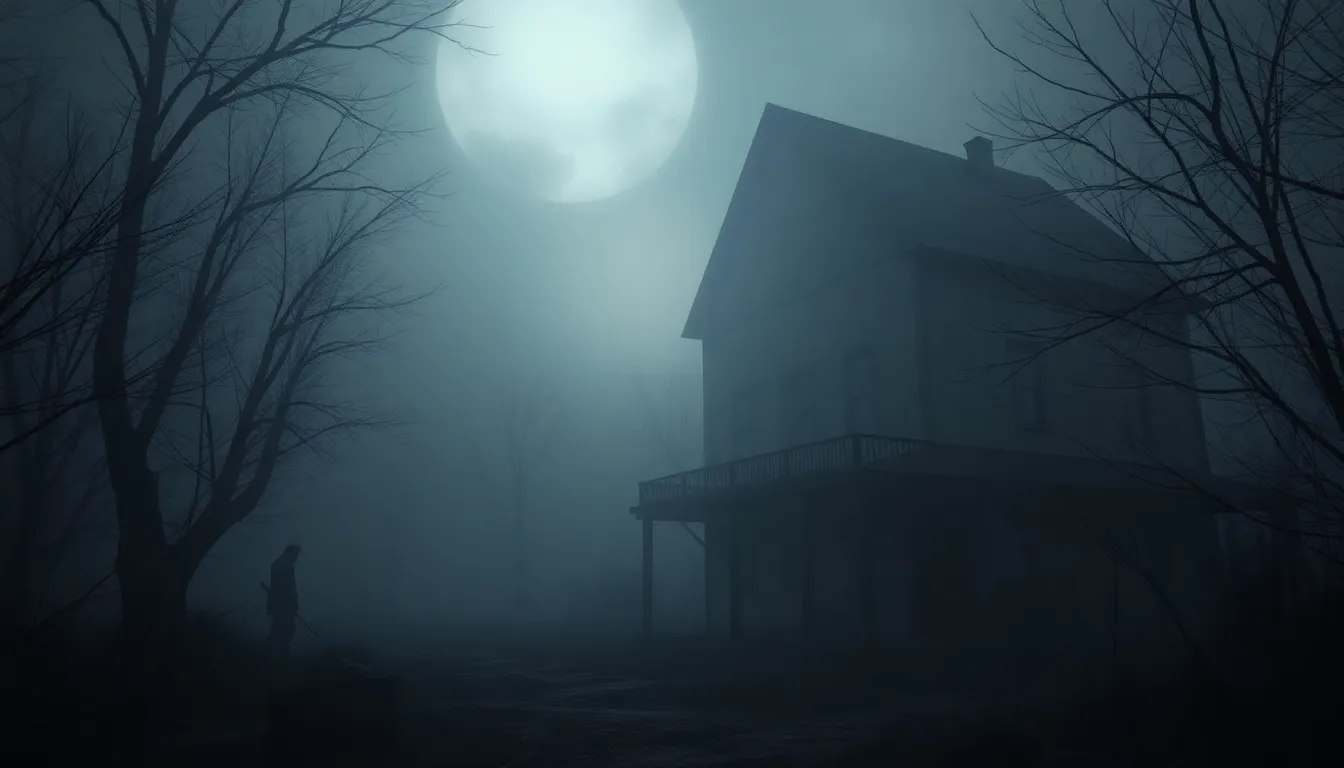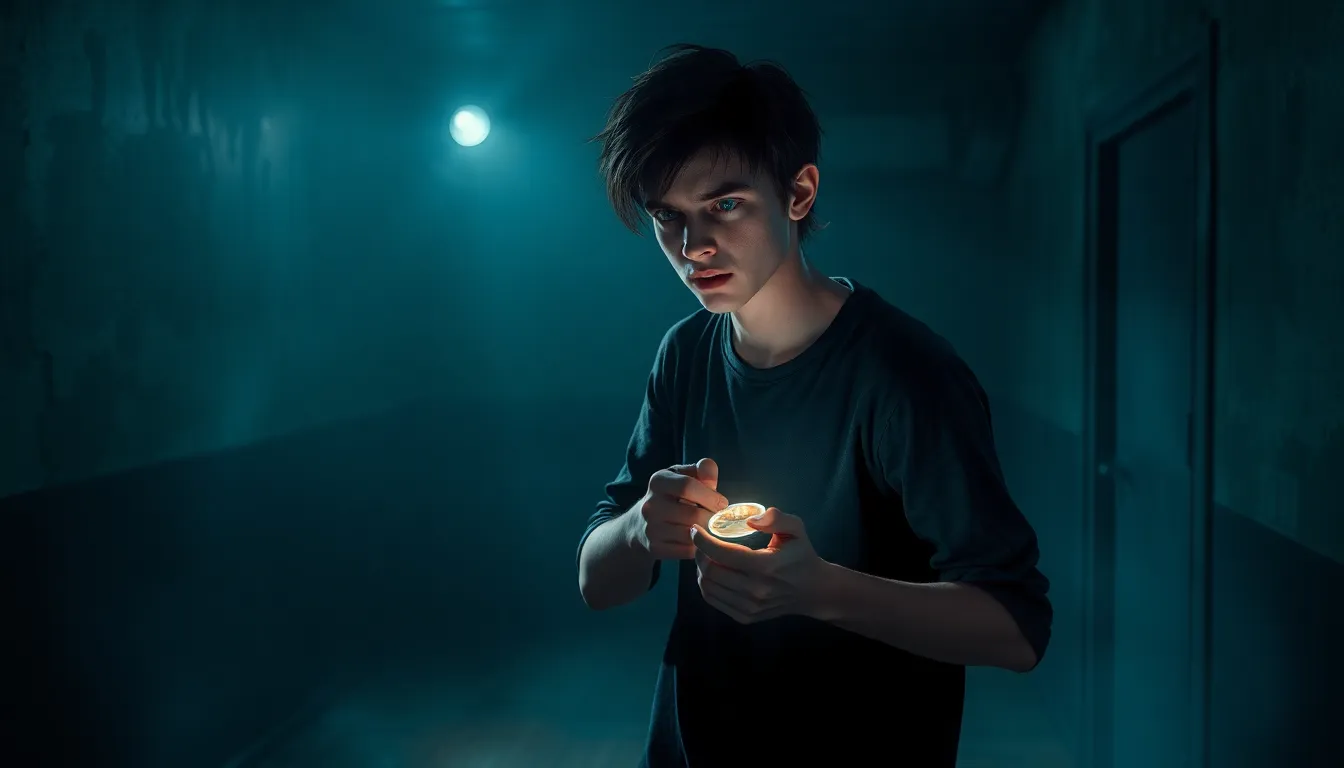In the eerie world of horror games, graphics play a chilling role that can make or break the experience. Imagine stepping into a dimly lit room, shadows dancing on the walls, and the sound of creaking floorboards sending shivers down your spine. It’s not just about jump scares; it’s about how visuals pull players into a nightmarish reality they can’t escape.
With advancements in technology, horror game graphics have evolved from pixelated monsters to breathtakingly realistic ghouls that might just crawl out of your screen. The right graphics can transform a simple scare into a heart-pounding moment, leaving players questioning their life choices—like why they decided to play alone at midnight. As we dive deeper into this spine-tingling topic, let’s explore how these visuals heighten tension and create unforgettable gaming experiences that’ll haunt players long after the console’s turned off.
Table of Contents
ToggleOverview of Horror Game Graphics
Graphics play a crucial role in defining the atmosphere of horror games. Immersive visuals create an environment that amplifies the emotional response of players. Detailed textures, realistic lighting, and atmospheric effects contribute significantly to the overall experience.
Character design, which often features intricate details, enhances the believability of supernatural entities and villains. Players are more likely to feel tension when faced with well-crafted monsters or eerie environments. Shadows can cast an unsettling feeling, especially when they move unexpectedly, leading to heightened anxiety.
The shift from pixelated graphics to photorealistic designs has transformed how horror games evoke fear. Modern engines allow for lifelike environments that respond dynamically to player actions. Each element, from fog to rain, can contribute to an overall feeling of dread.
Sound design works in tandem with visuals to create a holistic horror experience. Visual cues, like flickering lights, often precede terrifying moments, pulling players deeper into the narrative. Players experience jump scares more effectively when combined with meticulously designed visuals.
Consistency in graphic quality maintains immersion throughout gameplay. Uniformity in visual style aids in building a cohesive atmosphere, allowing players to feel invested in the game’s world. Engaging graphics not only deliver thrills but also create an emotional connection.
Horror game graphics continue to evolve with advancements in technology. Innovations in virtual reality also introduce new dimensions, allowing players to confront their fears in unprecedented ways. These developments push the boundaries of horror, making the graphics an essential aspect of the genre’s growth and appeal.
Evolution of Horror Game Graphics

Horror game graphics have undergone vast transformations over the years. This evolution marks a remarkable journey in the gaming industry.
Early Developments in Horror Gaming
Early horror games predominantly featured pixelated graphics. Games like “Alone in the Dark” utilized simple textures to convey fear. Limited technology restricted the ability to create immersive environments. Characters often appeared blocky, yet these designs sparked immense creativity. Unique storytelling and atmospheric sound complemented basic visuals, establishing a foundation for future growth. Low-resolution graphics still created unsettling experiences, earning cult followings despite their limitations.
Modern Advancements in Graphic Technology
Modern advancements have dramatically elevated horror game graphics. Photorealistic textures became commonplace as technology evolved. Engines like Unreal Engine 5 enable developers to design highly detailed environments. Enhanced rendering techniques generate realistic lighting and shadow effects. Characters now exhibit lifelike movements and intricate features, amplifying players’ emotional connections. Environmental effects add layers of depth, immersing players further in terrifying scenarios. Virtual reality has introduced unparalleled levels of interactivity, making fear more tangible and real. Such innovations continuously redefine the horror genre by creating richer, more immersive experiences.
Key Elements of Horror Game Graphics
Horror game graphics play a vital role in creating an engaging and frightening experience. Their design elements significantly influence players’ emotional responses.
Atmosphere and Environment Design
Creating an oppressive atmosphere requires meticulous environmental design. Distinctive settings utilize detailed textures to simulate decay and abandonment, making players feel isolated. Lighting techniques enhance tension, casting eerie shadows that obscure threats. Dynamic weather effects like rain or fog further amplify tension, enveloping players in uncertainty. Spatial sound also factors into the design, directing attention toward visual cues that indicate danger. When combined, these elements immerse players, increasing anxiety and anticipation within haunting environments.
Character Modeling and Animation
Character models in horror games must evoke fear through thoughtful design. Artists focus on realistic features to create believable antagonists, intensifying player interactions. Fluid animations enhance immersion as characters exhibit unnatural movements, which can lead to unease. Designers often incorporate exaggerated facial expressions to convey emotions, thus establishing connections with players. Each detail must resonate with the overarching theme, reinforcing horror narratives. Furthermore, the inclusion of unique abilities for supernatural entities adds layers of interaction, ensuring that encounters feel fresh and unpredictable.
The Role of Sound in Enhancing Graphics
Sound design significantly elevates the horror game experience. Effective audio complements visual elements, establishing an immersive atmosphere that grips players. Background music builds tension and foreshadows imminent threats, making gruesome encounters more impactful.
Ambiance features, such as creaking floorboards or distant whispers, enhance realism, drawing players deeper into the game’s world. Horror games often use silence strategically, creating unease and anticipation before sudden sound explosions. Jump scares resonate more powerfully when players are caught off-guard, intensifying emotional responses.
Sound cues serve as a guide, alerting players to out-of-sight dangers, and their relationship with graphics becomes apparent when combined appropriately. Mysterious visual elements gain significance with synchronized audio events, enriching storytelling.
Voice acting contributes to character depth, making villains and supernatural entities more relatable and frightening. The combination of expressive audio and high-quality graphics paints a vivid picture, enhancing player engagement. Furthermore, using spatial audio technology immerses players in the environment, allowing them to interact with sound directionality, which further intensifies the gameplay.
Overall, sound complements graphics, ensuring a cohesive experience where each element amplifies the other. Without robust sound design, even stunning visuals may fall flat. Therefore, balancing graphics and audio is essential for creating memorable horror game experiences that linger long after gameplay ends.
The evolution of graphics in horror games has fundamentally transformed how players experience fear and tension. With advancements in technology players now find themselves immersed in lifelike environments that heighten emotional responses. The combination of detailed visuals and effective sound design creates an unforgettable atmosphere that lingers long after the game is over.
As developers continue to push the boundaries of graphic fidelity the horror genre will only become more engaging and terrifying. This evolution not only enhances gameplay but also solidifies horror games as a unique art form that captivates and terrifies audiences worldwide. The future of horror gaming looks promising with endless possibilities for innovation and immersive storytelling.

